Sewer Repair: Strategies for Effective Maintenance and Damage Prevention
Sewer systems play a vital role in maintaining public health and sanitation by safely transporting wastewater away from homes, businesses, and communities. However, over time, sewer lines can deteriorate, leading to leaks, blockages, and structural damage. Repairing sewer infrastructure is a complex and costly endeavor, but with proper maintenance and preventive measures, many issues can be avoided. In this guide, we'll explore strategies for sewer repair and how to prevent damage to sewer systems.
Understanding Sewer Repair
Sewer repair involves the restoration and rehabilitation of sewer infrastructure to ensure optimal performance and longevity. Common sewer repair tasks include repairing leaks, replacing damaged pipes, clearing blockages, and addressing structural deficiencies. Repairing sewer lines requires specialized equipment, expertise, and often involves excavation to access underground pipes. Effective sewer repair is essential for preventing sewage backups, property damage, and environmental contamination.
Methods of Sewer Repair
1. Pipe Relining: Pipe relining is a trenchless sewer repair method that involves inserting a flexible liner into existing sewer pipes to create a new, seamless pipe within the old one. The liner is impregnated with resin and inserted into the damaged pipe, then inflated and cured in place using heat or ultraviolet light. Pipe relining is ideal for repairing cracked or deteriorated pipes without the need for excavation, minimizing disruption to surrounding infrastructure and reducing repair costs.
2. Pipe Bursting: Pipe bursting is another trenchless sewer repair technique that involves breaking apart the existing pipe and replacing it with a new one. A hydraulic bursting head is inserted into the damaged pipe and pulled through, fracturing the old pipe and simultaneously pulling in a new pipe behind it. Pipe bursting is suitable for replacing severely damaged or collapsed pipes and offers a cost-effective alternative to traditional excavation methods.
3. Excavation and Replacement: In cases where trenchless repair methods are not feasible, excavation and replacement may be necessary. This involves digging up the damaged section of sewer pipe and replacing it with a new one. Excavation and replacement can be labor-intensive and disruptive, but it is sometimes the only option for addressing extensive damage or complex sewer issues.
4. Point Repair: Point repair is a localized sewer repair method used to address specific areas of damage, such as cracks or holes in sewer pipes. A patch or liner is inserted into the damaged section of pipe and secured in place, effectively sealing leaks and reinforcing weakened areas. Point repair is a cost-effective solution for minor sewer damage and can help extend the lifespan of existing infrastructure.
Preventive Measures to Avoid Sewer Damage
1. Regular Inspections: Conducting regular inspections of sewer lines is essential for identifying potential issues before they escalate. Inspections can reveal signs of corrosion, cracks, root intrusion, blockages, and other problems that may require repair. Schedule annual or bi-annual sewer inspections with a licensed plumber to ensure the integrity of your sewer system.
2. Proper Waste Disposal: Proper waste disposal practices can help prevent sewer damage by reducing the risk of blockages and corrosion. Avoid flushing non-flushable items such as wipes, paper towels, and hygiene products down toilets, as these can accumulate in sewer lines and cause obstructions. Dispose of grease, cooking oil, and food scraps in the trash rather than pouring them down drains, as they can solidify and constrict sewer pipes.
3. Tree Root Management: Tree roots are a common cause of sewer damage, as they can infiltrate sewer lines through cracks, joints, and pipe openings. Plant trees and shrubs away from sewer lines to minimize root intrusion, and consider installing root barriers to deter root growth towards pipes. If you suspect tree roots are causing sewer problems, consult a professional plumber to assess the situation and recommend appropriate solutions.
4. Grease Trap Maintenance: Grease traps are designed to capture grease and oil from kitchen wastewater before it enters sewer lines. Regularly clean and maintain grease traps to prevent buildup and ensure proper function. Implement grease trap maintenance protocols in commercial kitchens and food service establishments to comply with local regulations and prevent sewer damage.
5. Education and Awareness: Educating residents, business owners, and property managers about the importance of sewer maintenance and responsible waste disposal practices is key to preventing sewer damage. Provide information on proper waste disposal, grease trap maintenance, and the risks associated with flushing non-flushable items down toilets. Encourage community participation in sewer maintenance efforts to promote a healthier and more sustainable sewer system.
Conclusion
Sewer repair is a critical aspect of maintaining public health and sanitation, ensuring the safe and efficient disposal of wastewater. By understanding the methods of sewer repair and implementing preventive measures to avoid sewer damage, homeowners, businesses, and municipalities can protect their sewer infrastructure and minimize the risk of costly repairs and environmental contamination. From trenchless repair techniques to proper waste disposal practices, proactive maintenance and responsible stewardship of sewer systems are essential for safeguarding public health and preserving the integrity of our communities.
